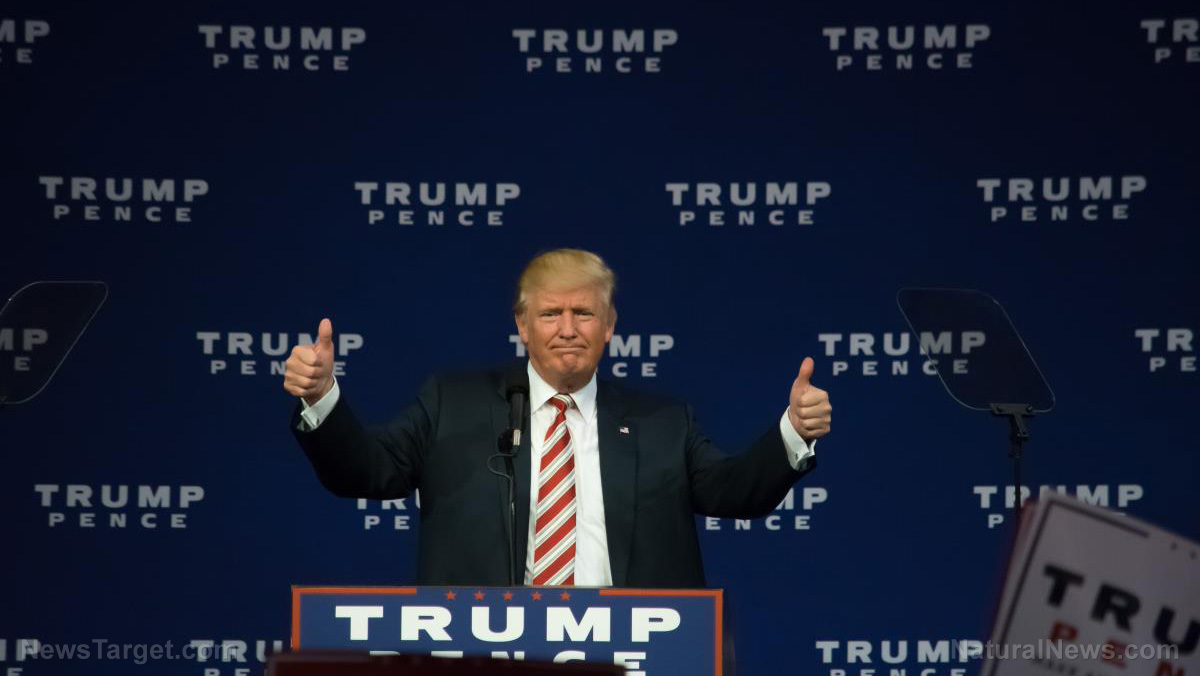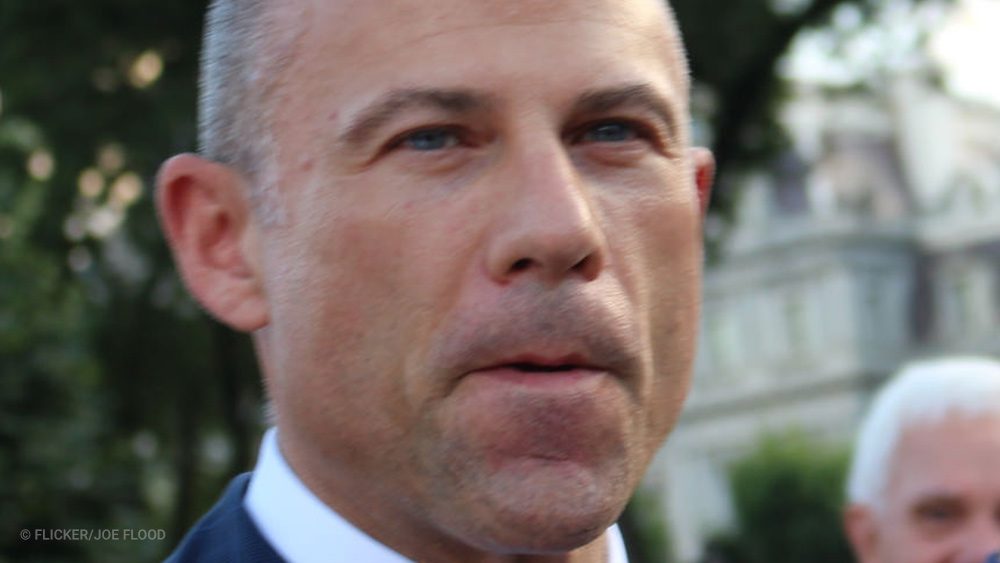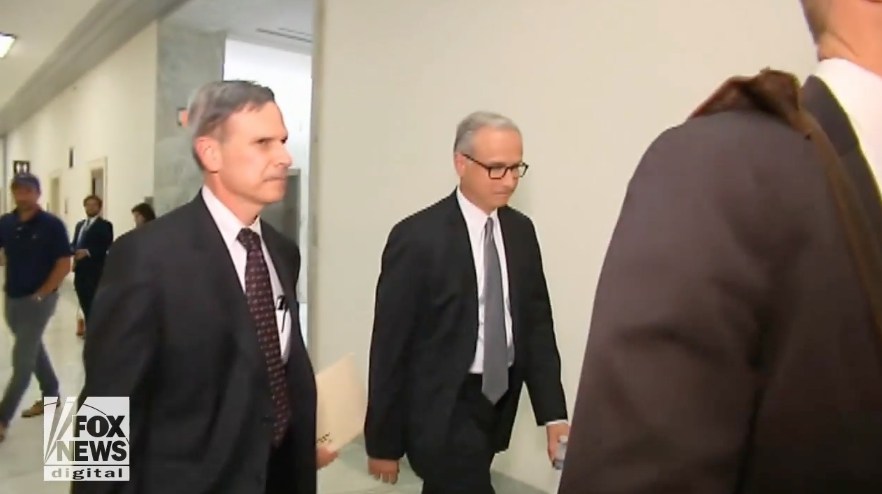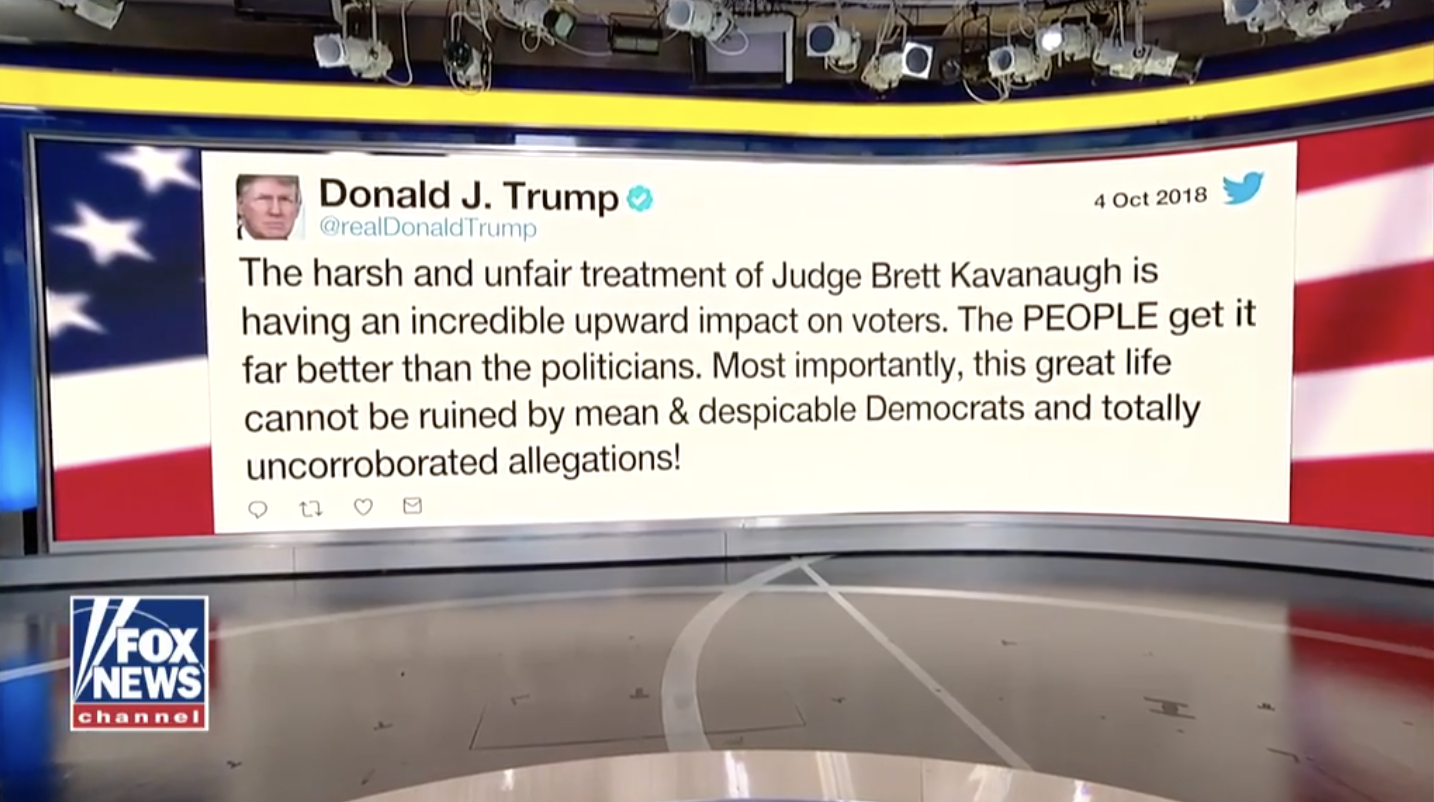Trump’s YUUUGE year: 2017 just the BEGINNING of what will become an economic renaissance in the U.S., thanks to cutting taxes and red tape
01/06/2018 / By JD Heyes

Only a hopeless Alt-Left partisan would refuse to admit that President Donald J. Trump’s first year in office was a massive win for the U.S. economy.
In just six months Trump managed to accomplish something his predecessor, President Obama, could not accomplish in eight years: Witnessing a single quarter of growth at 3 percent or above. Since he took office, Trump’s economy has seen 3 percent or more growth in two straight quarters.
Granted, Obama inherited an economy that was tanking: The housing and financial bubbles were bursting, resulting in dramatically declining growth rates, mortgage foreclosures, job losses and suppressed economic activity.
But Obama and Democrats didn’t do anything to reverse the decline; in fact, many economists believe they made things worse. Obamacare, for instance, was essentially the government taking over one-sixth of the U.S. economy and regulating that sector into the ground. The massive Affordable Care Act imposed dramatic costs on businesses and consumers alike and was directly responsible for a lack of growth.
Then there was the regulation of the financial industry, which experts also believe had a net negative effect on growth.
Then, of course, there was the fact that over two terms, Obama’s administration added a slew of additional environmental, labor, and industry regulations — all of which come with compliance costs — on the U.S. economy, further dampening growth.
Since even before Trump was inaugurated, however, the nation’s economic engine restarted, but after he was inaugurated, it flat took off.
The very first jobs report of the Trump presidency showed growth: The country added 227,000 jobs in February 2017, well above December’s gain of 157,000. More Americans started looking for work again.
A lot of that was based on what Trump had said and promised during his campaign and during his presidential transition period: That he would cut taxes, cut regulations, and get government out of the business of picking winners and losers in our economy. (Related: #MAGA: Job participation rate rising as construction starts gain most in a decade.)
And he kept those promises.
He has dramatically cut regulations, which — again — all come with costs that American businesses and industries must bear in order to comply. This is money spent on mundane, often useless, government-mandated rules, which takes money away from expanding the business and hiring more people.
“The president issued an executive order that seeks to dramatically reduce the number of regulations he knows is choking the life out of the U.S. economy and keeping it from growing to heights never before seen in the history of the country,” The National Sentinel reported a year ago.
The order instructed federal agencies to cut two regulations for every new regulation issued. And since then, the federal bureaucracy has complied. But he’s not done; Trump said in December he’d like to take the federal regulatory apparatus back to before 1960.
Fewer regulations mean there is less need for government employees. In the Trump era, there are already 16,000 fewer federal employees.
In the labor market, the unemployment rate is hovering just above 4 percent, the lowest it has been in a decade. And job creation is diverse; in the age of Trump, unemployment for blacks, at 6.8 percent, has fallen to a historic low as well. “Unemployment among black workers is at its lowest since at least the early 1970s, when the government began tracking the data,” CNBC reported.
Then there is the manufacturing sector, one that has been steadily shedding jobs in the era of “free trade.” That sector grew by 196,000 jobs in 2017 after years and years of steady decline (while jobs were transferred overseas).
Now that regulations are being reduced and Trump, along with majority Republicans in Congress, have cut taxes on businesses and individuals, U.S. economic growth is going to skyrocket. Already, there are six-figure construction jobs going unfilled.
Read more of J.D. Heyes’ work at The National Sentinel.
Sources include:
Tagged Under: cutting regulations, Donald Trump, economic growth, economy, less regulations, politics, tax cuts, tax reform, Trump administration, Trump plan, unemployment, US economy, White House




















